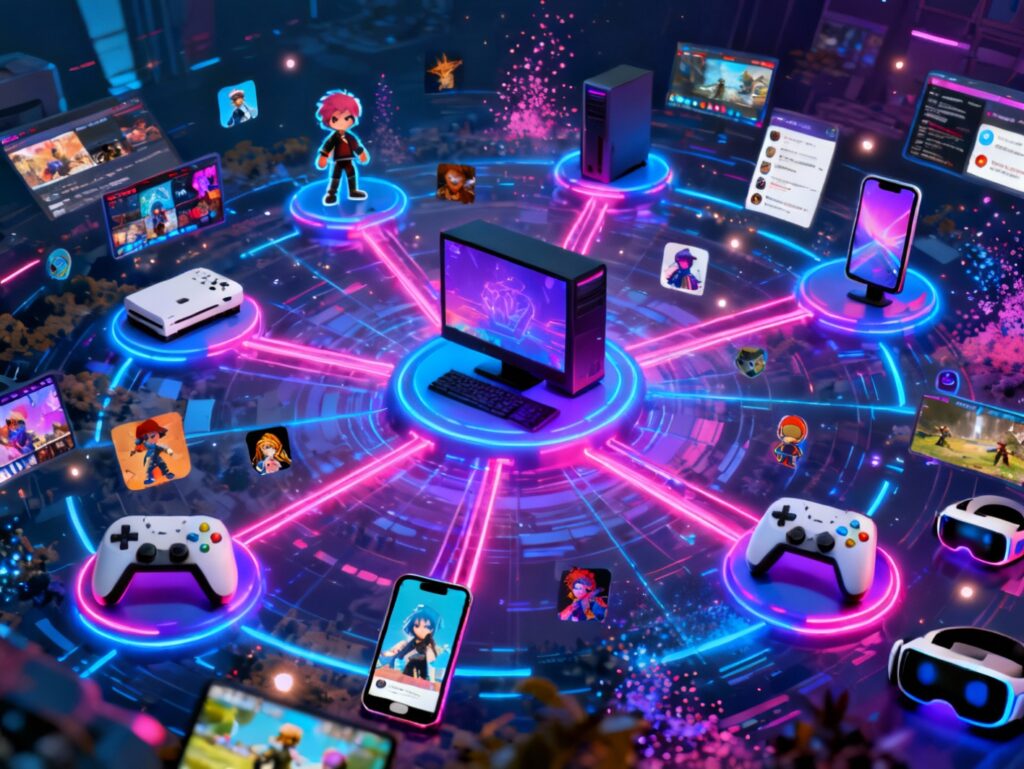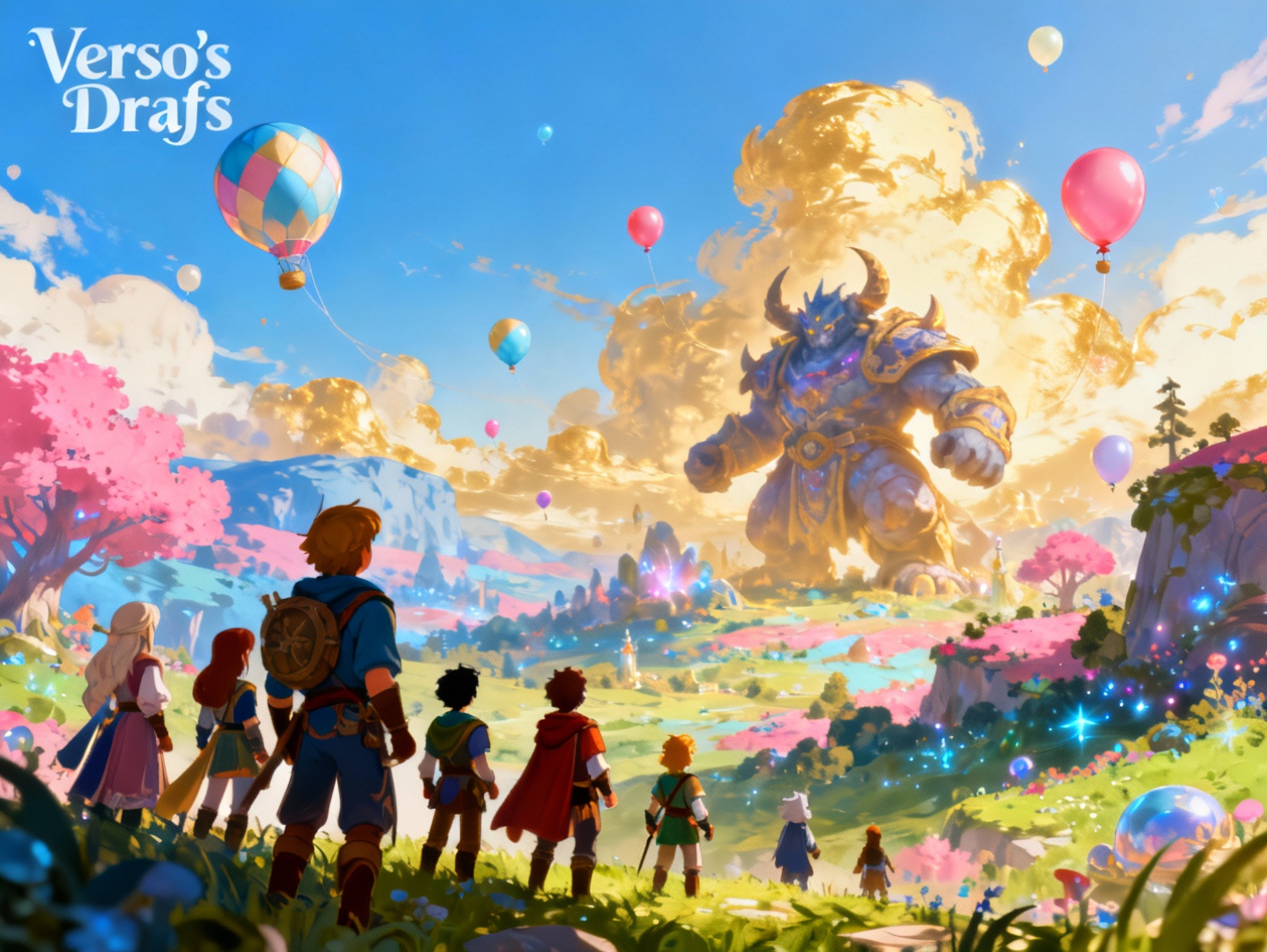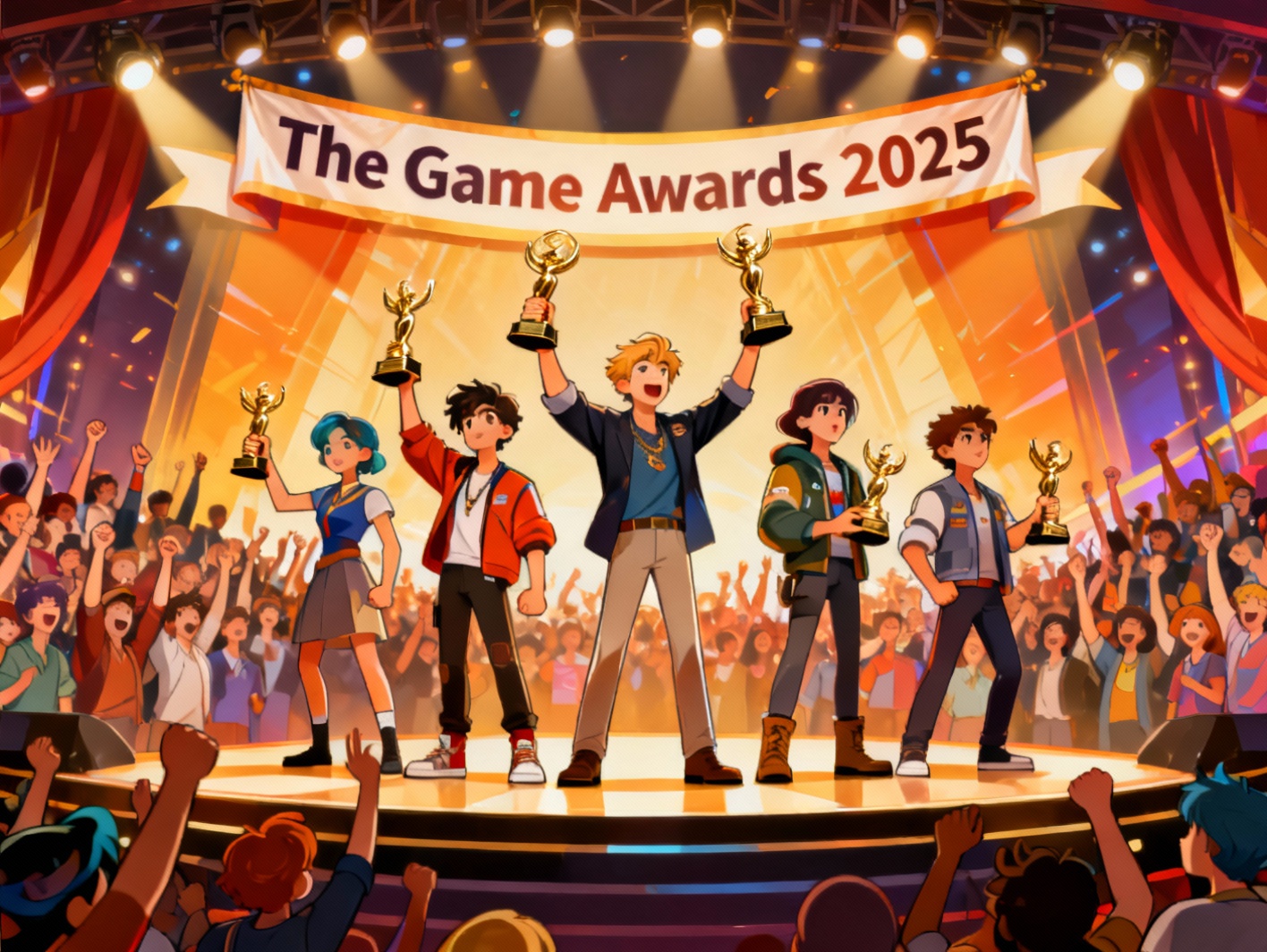
Table of Contents
The gaming world is shifting faster than ever before. Traditional models of game development, distribution, and engagement are being disrupted by an exciting wave of innovation. At the forefront of these changes are platform-style games that offer expansive worlds and creator-friendly tools. Combined with the acceleration of direct-to-consumer strategies, these developments are reshaping how players discover, play, and influence their favorite games. These shifts are not only affecting how games are made and shared, but also who makes them and how they grow communities around them. In this article, we explore the major trends that are redefining the modern gaming landscape.
The Rise of Platform-Style Games
Platform-style games are becoming the new standard in the gaming industry. These titles offer more than just gameplay—they serve as virtual ecosystems where players engage socially, create content, and even monetize their experiences. Games like Roblox, Minecraft, and Fortnite have evolved from simple games into full-scale platforms where creativity meets community. By allowing users to build their own worlds, stories, and events, these games thrive on constant innovation from both developers and players.
Their popularity continues to surge, reporting double-digit user growth annually. Much of this growth comes from the younger demographic who seek more than passive play—they want to interact, design, and share. These games also make it easier for brands to enter the space in authentic ways, enabling creative collaborations and monetization opportunities. As a result, players, creators, and developers are converging within these ecosystems, turning games into living, breathing digital worlds that extend far beyond the entertainment value of traditional titles.
Challenges Facing Traditional AAA Studios
AAA studios, which once dominated the gaming landscape with blockbuster titles, are now facing mounting challenges. One of the most pressing issues is the soaring cost of development. Creating a modern AAA game often requires hundreds of staff and development cycles that span multiple years. As technological expectations increase, so do labor costs, licensing fees, and marketing budgets. Meanwhile, profit margins are shrinking due to fierce competition and higher expectations for frequent content updates.
In contrast, independent developers are gaining ground rapidly. Agile, innovative, and community-focused, these small studios are able to release high-quality games faster and at lower costs. While AAA games often report single-digit growth, many indie titles see 20–30% year-over-year increases in player base and revenue. Digital distribution and game engines like Unity and Unreal have leveled the playing field, enabling these developers to create rich, engaging experiences without massive budgets. The result is a more diverse and competitive gaming landscape where creativity often trumps scale.
The Surge of User-Generated Content (UGC)
User-generated content (UGC) is transforming how players interact with games. Increasingly, gamers are not just consuming content but actively creating and sharing their own. From designing custom maps to scripting entire campaigns, players are investing time into shaping their in-game worlds. Recent data shows that nearly 50% of creators now spend more time making in-game content compared to the previous year. This shift signals a deeper level of engagement, especially among younger players who view gaming as a creative outlet.
Game developers are supporting this trend by providing built-in tools and marketplaces to design and distribute player-made content. Not only does this prolong the life of a game, but it also builds stronger and more loyal communities. UGC ecosystems fuel a continuous stream of new content, keeping games feeling fresh and evolving. In a world where player attention is hard to maintain, platforms that embrace UGC benefit from lasting relevance and vibrant user communities.
Shift Towards Direct-to-Consumer Distribution
Digital storefronts have long been the standard for distributing games, but that landscape is changing rapidly. Developers, especially in mobile gaming, are embracing direct-to-consumer (DTC) models by launching their own online stores. This shift allows studios to control pricing, data, and user experience while avoiding fees charged by large platforms like Apple’s App Store or Google Play. Statistics reveal that a growing number of top-grossing mobile games now operate independent storefronts, cutting out the middleman and increasing profit margins.
Recent legal developments, including high-profile antitrust cases, have also played a role in enabling this transition. Developers now have more flexibility to guide users toward external payment systems and marketplaces. This control helps studios tailor their offerings and build direct relationships with their player base. For players, DTC distribution often means better prices, exclusive content, and seamless access to community features. It marks a shift from platform-dependency to self-driven ecosystems where developers can grow on their own terms.
Influencer and Social Media Impact on Game Discovery
Game discovery is no longer dominated by traditional storefronts or advertisements. Instead, social media platforms and online creators have become the primary channels through which players find their next favorite title. Influencers on YouTube, TikTok, and Twitch introduce millions of followers to games through live streams, walkthroughs, and reviews. In fact, recent studies show that over 60% of players discover new games through social media and creator content, significantly outpacing recommendations from digital stores.
This trend is transforming how studios approach marketing. Instead of high-budget ad campaigns, many developers now focus on building relationships with content creators and gamers who can organically reach massive audiences. It also means that user feedback and buzz can propel a lesser-known game to mainstream success. This creator-driven discovery model underscores the importance of community engagement, authenticity, and share-worthy gameplay when developing and promoting new titles.
Expanding Game IP Across Media Platforms
Expanding a game’s intellectual property (IP) beyond the screen is becoming a key strategy for building lasting franchises. More studios are exploring how their brands can transition into films, series, music, and merchandise. This move not only brings in new revenue streams but also deepens the emotional connection between fans and the game world. When done well, these adaptations can reignite interest in legacy titles and invite new audiences into an existing universe.
Recent successes show how powerful this strategy can be. Series adaptations of games have reached broad audiences on streaming platforms, and game soundtracks have topped music charts. Merchandise lines, from apparel to action figures, turn fans into walking brand ambassadors. However, the key to successful transmedia expansion lies in maintaining authenticity—ensuring that the core values and aesthetics of the game remain intact across formats. Studios that respect their audience and build thoughtfully across platforms are seeing massive returns on both cultural relevance and revenue.
Conclusions
The transformation of the gaming industry is not just about new technology—it’s about a shift in philosophy. Platform-style ecosystems, empowered by creator tools and viral community engagement, are becoming the nucleus of modern gaming. At the same time, direct-to-consumer models are empowering developers to build closer relationships with their players while maintaining creative and economic control. Brands that wish to survive in this new era must embrace these changes. Success now depends on agility, authenticity, and the ability to foster lasting community connections across both digital and physical spaces. The future of gaming will be shaped not only by the studios that create games, but also by the players and creators who help evolve them every day.










